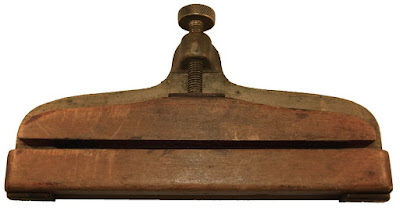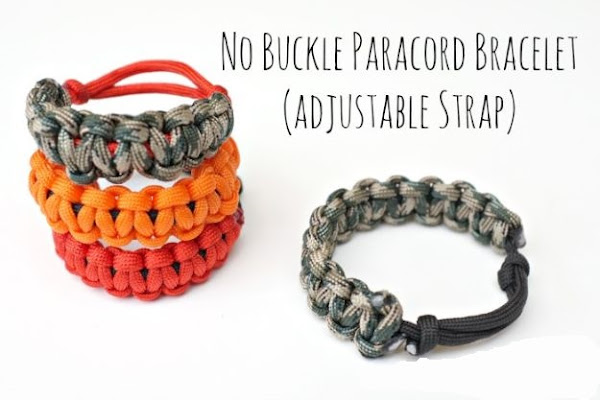Royal Crown Sinnet

The Royal Crown Sinnet is the product of Crown Knots and Wall Knots stacked on top of one another. Thicker than most 4-strand sinnets, the tie’s interlocking parallel lines are accentuated by the contrasting cords used. Cord Used: Two 6 ft. (1.8 m) Cords = 3.5 in. (8.9 cm) Key Fob Component Parts: Crown Knots + Wall Knots (Uncollapsed) + Contrasting Cords. 1. At the middle of the first cord, make a counterclockwise loop. 2. Lace the second cord through the loop, until its middle is reached. 3. Flip the piece over, vertically, slide your forefinger into the loop, and extend the second cord laterally. 4. Arch the second cord ends over the first, in opposite directions, right cord above left. 5. Weave the lower cord end over the arch above it. 6. and through the crook of the second arch. 7. Weave the upper cord end over the arch below it. 8. and through the crook of the second arch. Tighten the Crown Knot made, firmly. 9.



